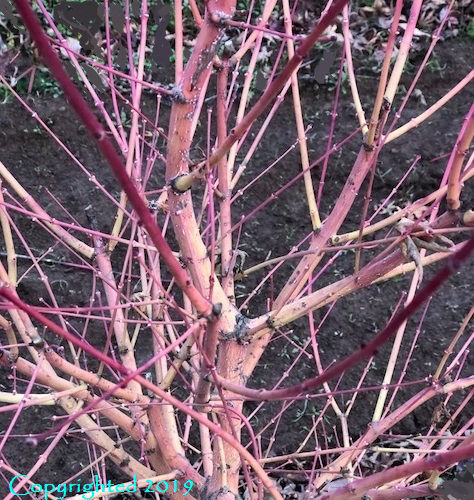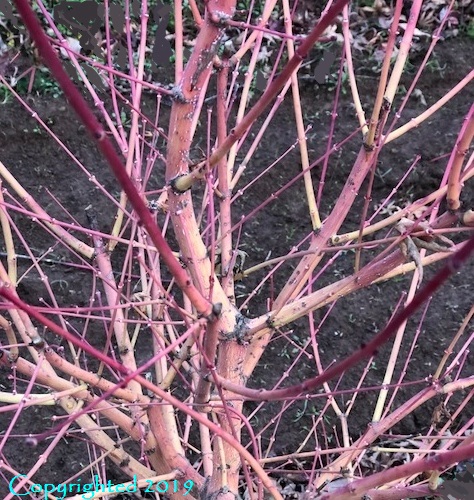Acer palmatum ‘Ji Jiao’
Ji Jiao Japanese Maple
A very new bark color type that is under evaluation for improved disease resistance. Based on comparisons to other “coral bark” types in the field, the structure is generally upright and appears to be less spreading and while processing a decent growth rate it is not quite as rapid. Eventually making a small to medium sized upright tree that will broaden with age.
Foliage:
The leaves on this one should be considered structurally similar but leaning towards the small to medium size as Japanese maples go. The color as compared to other “coral bark” types is considerably darker and are imbued with a viridian blue-green summer hue. Fall color is a mix of rich red and orange.
Bark:
The newer and stronger growing outer shoots exhibit a dark wine tint, especially towards the ends. The color then transitions to more of a magenta and largely a flamingo pink on all the older trunks and branches. This combination is a totally different color scheme from all the other “coral bark” types such as ‘Sango Kaku’, ‘Beni Kawa’, ‘Aka Kawa Hime’, ‘Winter Flame’, ‘Fjellheim’, etc. It is also worth mentioning that while the above-mentioned cultivars have various form and foliage characteristics, they all have similarities that all fall into the same general genetic grouping. ‘Ji Jiao’ conversely appears to be a totally different bloodline and as such we are hopeful it will provide an improved strain in terms of disease resistance. (see “Note” category below for more on disease issues).
Flower:
No significant ornamental characteristics noted.
Fruit:
Fruit set is typical, bright red samaras contrasted against the leaves.
Size:
Height 14’-17’
Width 14’-17’
The sizes listed below are based on 5-year-old field grown plants and should be considered only an estimate extrapolating from what we see in cultivation.
Zone:
5 to 8
This plant was discovered by an Oregon propagator and only recently named and released to the trade.
Regarding the disease;
Arguably one of the most popular Japanese maples of all time is ‘Sango Kaku’, prized for its rich coral red winter branches. Unfortunately, in many parts of the country (particularly rainy Oregon) this bark trait can occasionally be disease receptive, in most cases the culprit is a bacterium known as Pseudomonas syringae. While we cannot yet make any claims that ‘Ji Jiao’ will be totally free of this infliction, we can say that observations of 5-year-old trees show zero signs.

